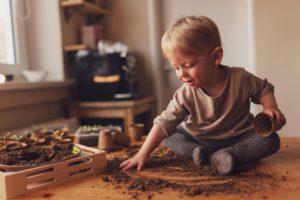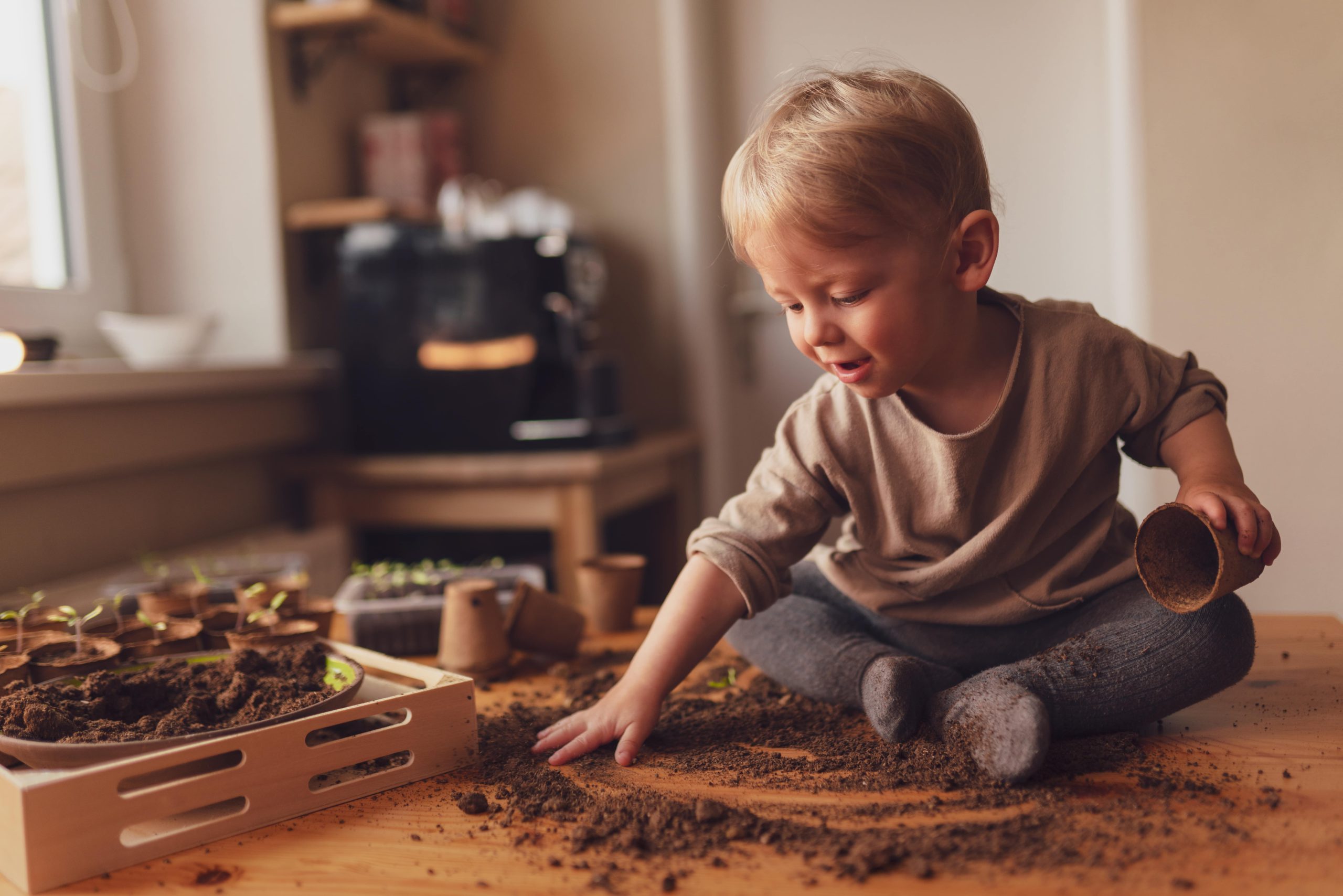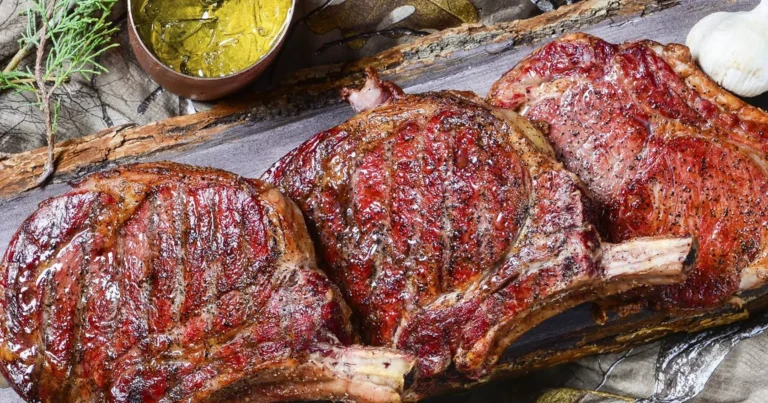Curiosity is one of the most powerful drivers of human progress. From childhood to old age, the urge to ask questions, explore new ideas, and seek deeper understanding shapes how we grow personally and professionally. Lifelong learning isn’t just about formal education—it’s about remaining curious enough to keep asking “why” and “what if” long after school years are over. This mindset opens doors to new opportunities, strengthens creativity, and keeps life vibrant.
Curiosity As A Window To Perspective
Curiosity often pushes people to look beneath the surface, asking what lies beyond appearances. Instead of accepting things as they seem, curiosity invites us to explore hidden stories, emotions, and motivations.
Think of how people sometimes use a hidden face hidden face insta dp girl as their profile picture. It creates intrigue and makes others wonder about the story behind the image. In the same way, curiosity allows us to dig deeper into life, uncovering perspectives that fuel growth, empathy, and understanding.
Everyday Learning Through Exploration
Curiosity doesn’t always mean studying textbooks or taking courses. It can be as simple as exploring local opportunities, experimenting with hobbies, or noticing the world around us. These small steps often lead to big insights.
For instance, browsing through local classified ads in Australia might spark curiosity about new services, emerging businesses, or unique community trends. What begins as a casual scroll can lead to discovering ideas, networks, or solutions you hadn’t considered before. Staying curious in everyday life is what transforms ordinary experiences into steppingstones for growth.
Curiosity And Emotional Growth
Curiosity isn’t limited to facts and knowledge—it also plays a role in emotional growth. By being curious about our own feelings and those of others, we become more empathetic and resilient. Asking “why do I feel this way?” or “what is this person experiencing?” helps us navigate relationships and personal struggles more effectively.
Art and poetry often reflect this emotional curiosity. Collections like MySadShayari express sadness, love, and longing, giving voice to emotions people are curious to explore but sometimes can’t put into words themselves. This emotional exploration deepens self-awareness, a crucial element in lifelong personal growth.

Practical Curiosity In Everyday Decisions
Curiosity also drives practical decision-making. Whether it’s learning about investments, understanding new technology, or planning a major purchase, curiosity ensures we don’t settle for surface-level knowledge. It pushes us to research, compare, and make informed choices.
Take housing as an example. Anyone exploring options through an Australia home buying directory shows curiosity about neighborhoods, pricing trends, and ownership rules. This kind of research transforms what could be an overwhelming process into an informed journey that strengthens both confidence and decision-making skills.
Cultural Curiosity And Shared Experiences
Food, art, and traditions are gateways for cultural curiosity. When people seek out different cuisines or learn about diverse customs, they broaden their horizons and connect with others in meaningful ways. Curiosity about culture builds bridges across communities and fosters a sense of unity.
Dining at the best restaurants in Australia, for instance, isn’t just about eating—it’s about experiencing stories behind dishes, chefs, and traditions. Each meal becomes a lesson in history and culture. This curiosity about food and shared experiences fosters deeper connections that enrich lifelong growth.
Curiosity Fuels Innovation
On a larger scale, curiosity drives innovation. Every major invention, from electricity to the internet, began with someone asking “what if?” The willingness to experiment, take risks, and explore uncharted territory leads to breakthroughs that shape entire societies.
In our personal lives, innovation can be as simple as finding a better way to manage time, developing a creative project, or discovering new ways to connect with others. Without curiosity, progress stalls; with it, we continually evolve.
Nurturing Curiosity As A Lifelong Habit
The challenge many adults face is losing curiosity due to routine, stress, or fear of failure. But curiosity is a muscle—it strengthens with use. To nurture it, try asking more questions, exploring unfamiliar topics, or experimenting with hobbies outside your comfort zone.
Simple practices like reading diverse books, attending workshops, or even talking to people from different backgrounds can reignite curiosity. The key is to remain open-minded and willing to learn, no matter your age or stage in life.
Conclusion
Curiosity is the spark that keeps learning alive long after formal education ends. It pushes us to look deeper, connect with others, and adapt to a constantly changing world. Whether it’s exploring the hidden meaning behind art, scrolling through local resources, diving into emotional expression, researching life decisions, or experiencing new cultures, curiosity shapes who we are and who we become. By nurturing curiosity as a lifelong habit, we fuel continuous growth—personally, emotionally, and intellectually. It’s not about having all the answers, but about never losing the drive to keep asking questions. In the end, curiosity is not just a trait but a lifelong compass, guiding us toward deeper understanding, richer experiences, and continuous growth.







